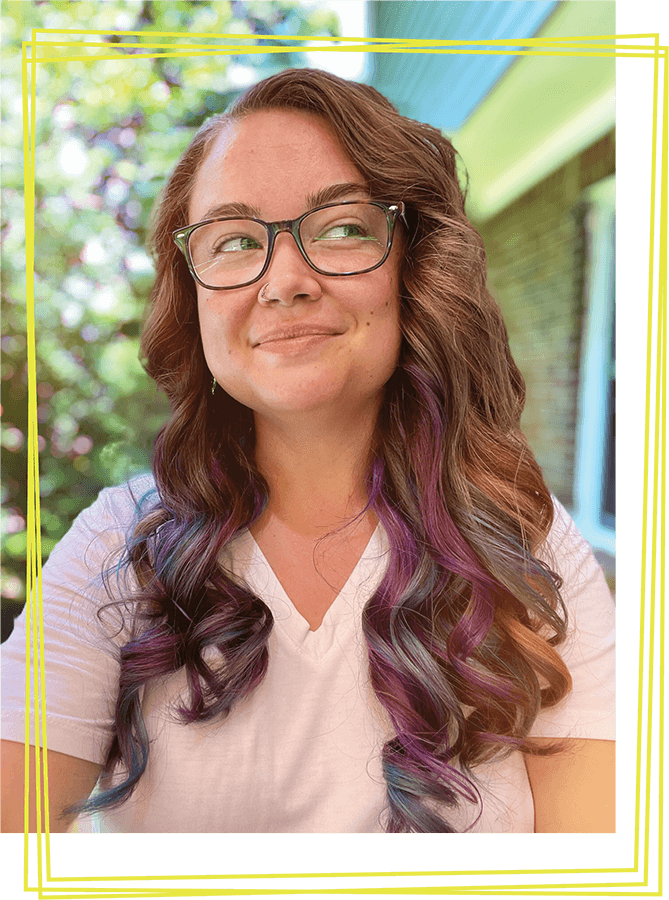Compromise Isn’t the Goal—Connection Is
We’ve all been told that compromise is the mature way to resolve conflict.
“Meet in the middle.”
“Split the difference.”
“You can’t always get what you want.”
But here’s the truth: compromise is just the art of mutual disappointment. Both people walk away with only part of what they truly needed—because settling felt safer than digging deeper.
We’ve accepted this as normal. Worse, we’ve praised it as ideal. But is it really the best we can do?
When Did We Stop Being Curious?
Somewhere along the way, we stopped being curious. We started aiming for “good enough” instead of asking “what if.” In the name of fairness, we gave up creativity. In the name of peace, we gave up honesty.
But what if there’s another option?
One where both people feel heard, respected, and satisfied—not just accommodated?
That option is a win-win solution. And unlike compromise, it doesn’t require you to shrink yourself to stay in the conversation.
Compromise vs. Win-Win
Here’s the core difference:
-
Compromise says: “You give a little, I give a little.”
-
Win-win says: “Let’s understand what actually matters to both of us and build something that works for everyone.”
Compromise is about making concessions. Win-win is about getting creative.
Compromise is about ending the conversation. Win-win is about expanding it.
A win-win solution isn’t about getting everything you want. It’s about uncovering the deeper needs behind what you want—and finding a path that honors those needs for everyone involved.
How to Move Toward Win-Win Solutions
Here are a few simple strategies for building win-win conversations in different kinds of relationships:
1. Ask: “What’s really important to you here?”
So often, we argue over surface-level wants instead of the real needs underneath.
For example, in a relationship:
-
One person says, “I want to watch TV after work.”
-
The other says, “I want silence in the house.”
A compromise might be: “We alternate nights.”
But a win-win sounds like: “We both need ways to decompress. What feels restful to each of us, and how can we protect that time for both people?” The solution might be one person watching the TV through headphones while the other enjoys quietly reading next to them. No compromise required. And it opens up the conversation to redefine what connection looks like at the end of the day.
2. Use “yes, and” instead of “either/or”
This idea comes from improv, but it’s powerful in real life too.
When someone offers an idea, don’t counter it with “but.” Build on it with “and.”
-
Instead of: “We can either do it my way or your way.”
-
Try: “Yes, that could work—and would let us incorporate my idea, too”
This mindset shift turns negotiation into collaboration—especially helpful in business settings or creative projects.
3. Unpack the “stacked needs” in kids and teens
Children (and honestly, adults too) often bundle multiple emotional needs into one request.
For example:
-
Your child asks for more screen time.
-
The surface-level want is “more time to play.”
-
But the real needs might be connection with friends, autonomy, and stress relief.
A compromise might be: “You get one more hour, then that’s it.”
But a win-win might be: “Sounds like this game helps you connect with friends and unwind. Let’s talk about ways to keep that connection while also protecting your time and health.”
Now you’re addressing the real issue instead of just policing behavior.
4. Name the shared “boss”
When tension rises, it’s easy to turn the other person into the problem. But usually, the real issue is something you’re both struggling with. Changing the way you view the situation to ‘you vs me’ to ‘you AND me vs the problem’ can make a big difference in the approach you take to resolve it.
Regardless of its a romantic or work relationships, try reframing the conflict like this:
“I feel like we’ve started seeing each other as the cause of this issue, but we both want the same thing. So what if we changed our focus from our different approaches to the source of the problem and see what we can come up with?”
You’re not opponents—you’re teammates. That shift changes everything.
So What’s the Real Win?
A win-win solution isn’t about pushing harder to get your way. It’s about slowing down, getting honest, and being curious about each other’s needs.
When it works, both people walk away feeling:
-
Seen
-
Respected
-
Considered
-
And connected
So next time someone says, “Let’s just compromise,” consider replying with:
“What if we don’t settle? What if we solve?”
Want More Tools Like This?
I teach this kind of communication in my free and paid courses—including:
-
Navigating Conflict at the Table – a free mini-course on handling conflict with clarity and empathy
-
Quests for Authenticity – a D&D-inspired coaching experience to help you grow real-life confidence and relational skill
Whether you’re a creative, a parent, a team leader, or just someone tired of playing small in your relationships, I’ve got tools to help you step into something better.


